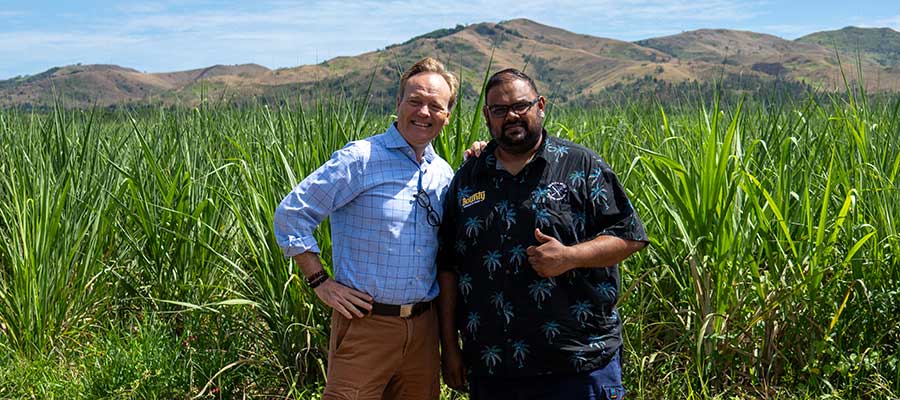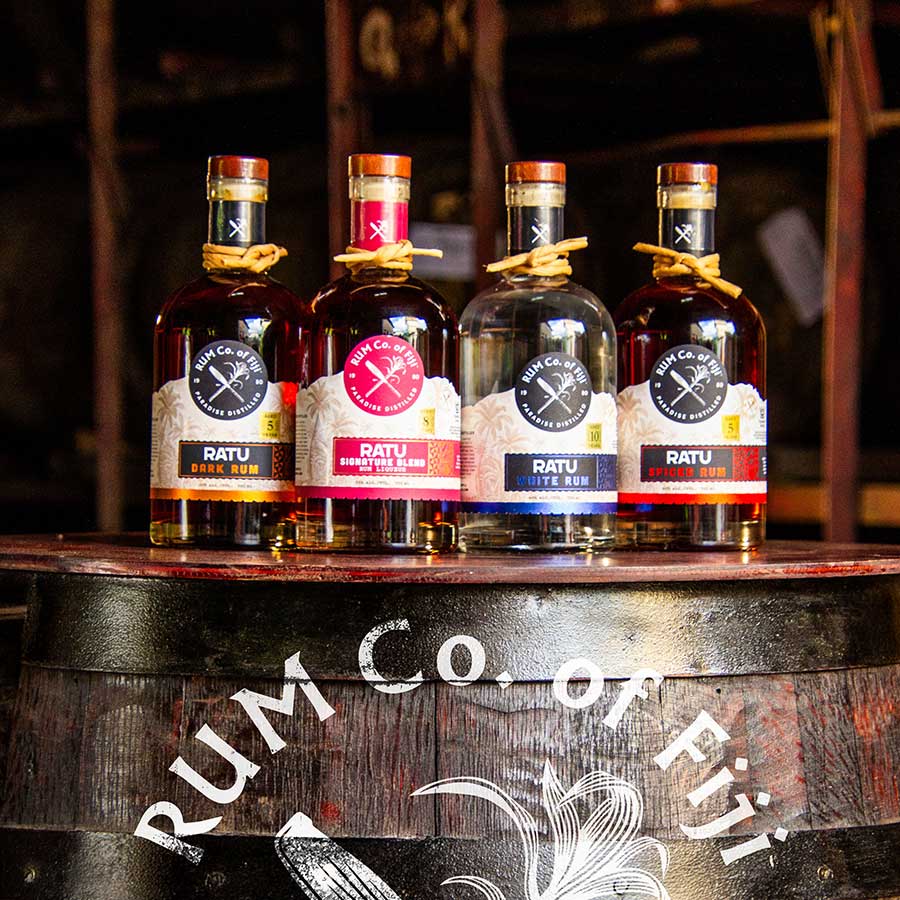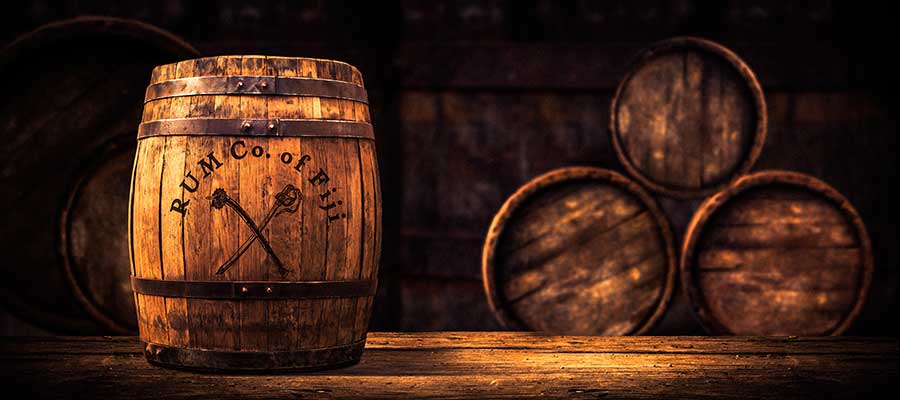The hyperactive Planteray boss tells us more about his partnership with Rum Co. Of Fiji, and his love of Fijian rums.

What is the nature of the partnership between Planteray and Rum Co. of Fiji?
The partnership between Planteray and Rum Co. of Fiji is based on a long-standing relationship founded on the exchange and sharing of know-how. Rum Co. of Fiji is one of the distilleries we work with, in the same way as Saint-Aubin in Mauritius or Fortin in Paraguay.
We are neither owners nor shareholders, but we have worked together for a number of years and have maintained this friendship for a long time. This collaboration takes the form of technical and logistical exchanges: we share our knowledge of rum, explore new approaches and processes together, and carry out experiments, particularly on ageing, by making specific casks available.
More recently, we have also opened a small boiler-making workshop in the Charente region, which is available to our partners for specialist work. We have an exclusive partnership with Rum Co. of Fiji, which means that when they market rum outside their own bottlings, they sell it exclusively at Planteray.
We share a common vision of rum with the team at Rum Co. Of Fiji: it’s more than just a spirit, it’s a product with an identity and a history, a reflection of know-how and a terroir. Our work with Fiji is a good illustration of this approach.
However, you can still find products bearing the Rum Co. of Fiji label from independent bottlers.
Yes, but they often come from stocks built up by brokers before we signed our partnership with Rum Co. of Fiji five years ago.
How did this partnership come about?
Our partnership with Rum Co. of Fiji is first and foremost a story of meeting and a shared passion for rum. It was Liam Costello, master distiller at the time – whom we will be honouring in our Planteray “Legends of Rum” collection of Extrêmes (to be released in february 2026) – who initiated the collaboration.
During a masterclass in Hong Kong, he came up to me and simply said: “I like what you’re doing, and I want us to work together. I make my own rum and, when I sell bulk, I’d like it to be with you.”
Liam was a martial arts practitioner and explained to me that in combat, you always need to partner up with someone to channel your energy. I found this philosophy inspiring and, given the quality of his rums, I was honoured that he offered to work with me.
That’s how our relationship began, and over time it developed into a true friendship, strengthened by several visits to Fiji and constant exchanges about our shared passion. I still remember the day I introduced him to Planteray Isle of Fiji.
When he tasted it, he gave me a smile and said: ‘We should have done that’. From him, it was more than a compliment. Liam has now retired and Michael, Sonneel and Abhinesh have taken over brilliantly. I have enormous respect for their work and for the relationship we’ve built together.

How are Fijian rums produced?
The Fijians make their own molasses, which is 100% local and comes from a completely mad variety of cane. Let’s not forget that this is where sugar cane historically comes from, in the Pacific. Some varieties are hybrids, because there’s a highly specialised sugarcane research centre, but others are not.
One of my favourites is Mana: it’s very special because it produces offspring up to 55 years old (ratooning), instead of 5 years for traditional cane. This is the main cane used by Rum Co. of Fiji, and I’ve only seen it in Fiji!
Sugar cane is grown by more than 10,000 farmers (often of Indian descent) who have small holdings and then sell their produce to the sugar factories, rather like a cooperative.
A lot of the sugar cane is harvested by hand, but always under dignified working conditions. In fact, they have been awarded the FairTrade label, which testifies to their commitment.
How is fermentation carried out?
Fermentation is carried out using indigenous yeasts, as well as the distillery’s own yeast. In other terroirs, such as Jamaica, they look for esters even when they are diluted by using the column.
At Demerara, they have perfect mastery of the higher alcohols, working on the esters and the chocolate and ginger side… In Barbados, they like both, and see rum as a millefeuille.
In Fiji, we’ll be looking for both the intensity of the esters and the higher alcohols. It’s not a rum for everyone, it’s a bit like the Islay of rums in fact. Either you’re shocked or you love it, but either way, it never leaves you indifferent. As you can imagine, I’m a fan!

And the distillation?
The stills in Fiji were made by John Dore’s legendary engineer, David Pym, whose work includes the stills used at Long Pond in Jamaica, Stade’s West Indies Rum Distillery in Barbados and St Lucia… The Fijians first went to New Zealand to get a still from a whisky distillery.
Initially, it didn’t work the way they wanted, so they asked David Pym to intervene, and when he turned up he turned it into a retort. They liked the rum that came out of it so much, they bought a second one! As far as ageing is concerned, in Fiji they have a long tradition of using casks; they like to keep the impact of the wood light.
What do you like so much about Fijian rums?
The aroma: exotic fruits, white hazelnuts, intense chocolate, a slightly meaty animal side, lots of intensity. It’s a bit disconcerting at first, but it’s unique in the world! If you’re blind to it, you’ll recognise Fijian rum among a thousand others, and that’s why we love it.
Read also :
Focus terroir – Fiji, rum from the ends of the earth unveiled
